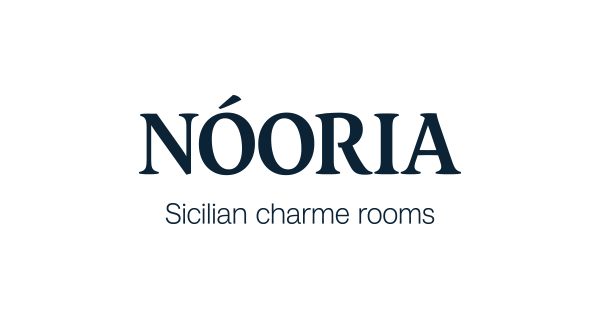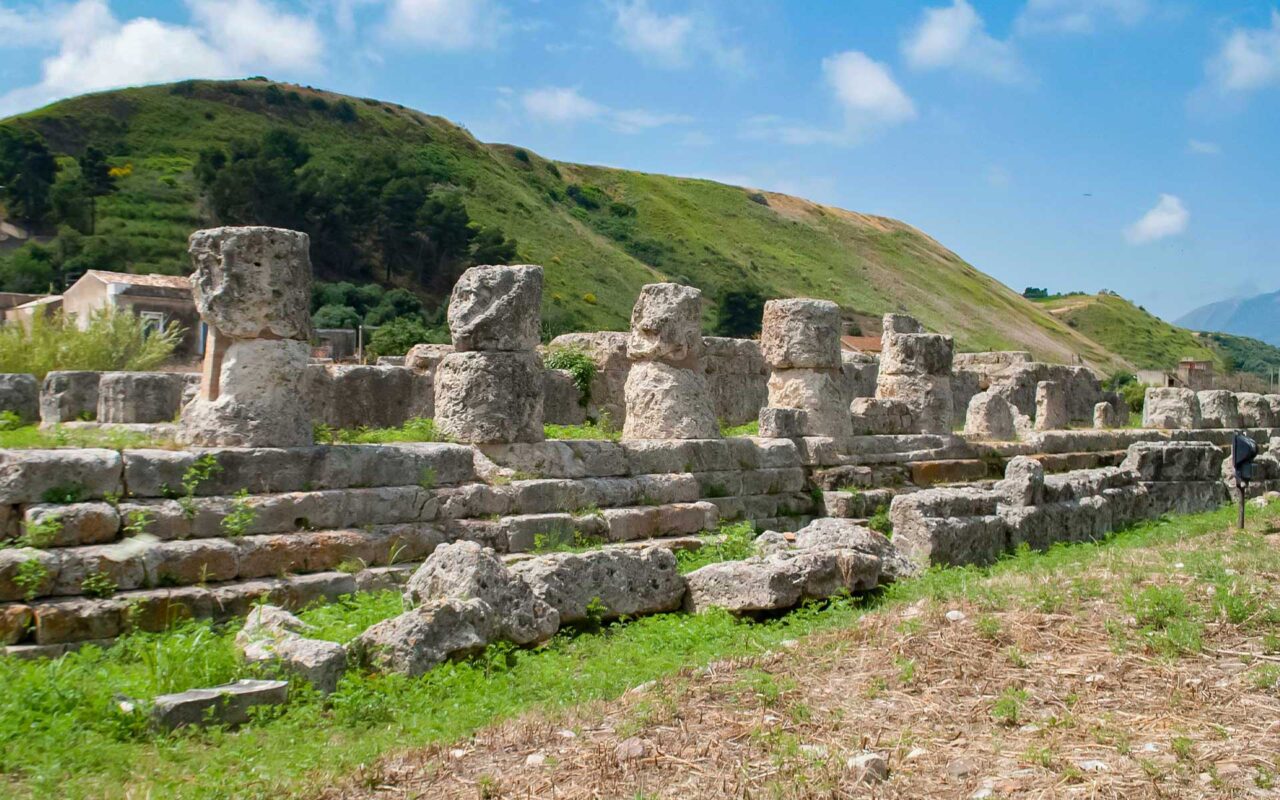Himera was founded in 648 BC by Greeks of Chalcidian and Doric origin from Zankle (present-day Messina). They settled in the centre of a wide gulf, between the promontories of Cefalù and Termini Imerese, and near the mouth of the northern Imera River, an important artery to central Sicily.
Himera was home to illustrious and important citizens and was also mentioned by Cicero in his Verrine. After years of prosperity and relative peace, it was attacked by the Carthaginians in 480 BC and finally destroyed in 408 BC. After the destruction, the population suffered a varied fate: some dispersed into the countryside, others participated with the Carthaginians in the foundation of Thermai Himeraiai (Termini Imerese).
Built to a design by Franco Minissi, the Antiquarium was inaugurated in 1984; closed for a few years for renovation work, it was finally reopened to the public in 2001. Here, the most notable finds from the excavations at Himera and other sites within the territory of the polis are preserved.
Visiting Itinerary
The visit itinerary allows visitors to follow the historical and cultural issues of the Greek colony and its territory. In the entrance hall, didactic panels introduce the history and topography of the site, while an exhibition area is dedicated to a lion’s head eaves from the Temple of Victory and the medal collection.
This is followed by the ‘upper level’, where architectural elements and votive offerings from the Temenos of Athena are displayed.
The ‘middle level’ is devoted to objects of ‘material culture’ from excavations in the various sectors of the settlement.
The ‘lower level’ houses a selection of vases and grave goods from the Necropolis; a section devoted to important sites in the area such as Terravecchia di Cuti, Monte Riparato, Cefalù, and an exhibition of underwater finds. The visit ends with the polychrome mosaic, of African tradition, found in the Roman villa of Settefrati, located west of Cefalù.


